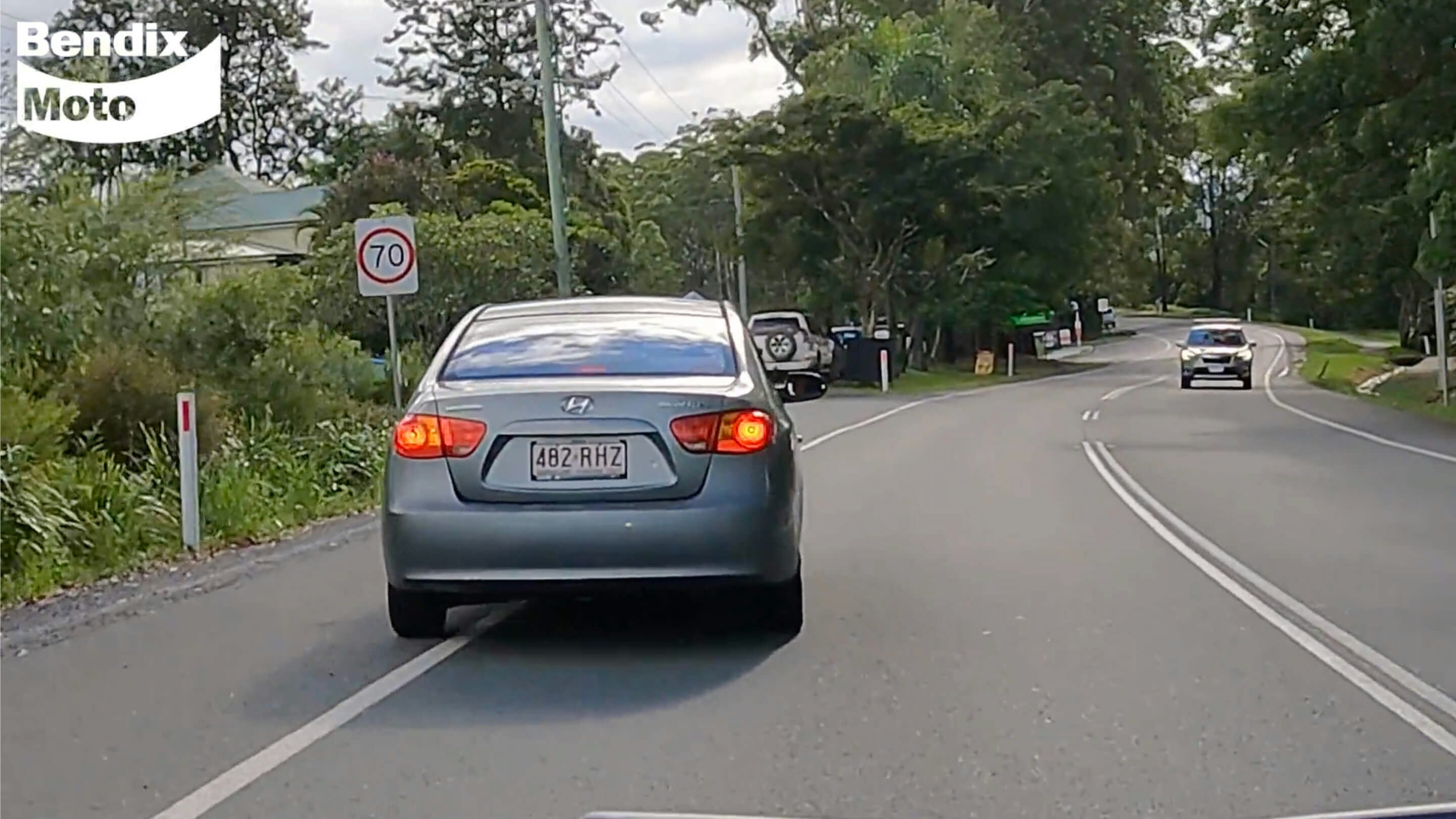How to avoid a head on

Motorcycle riders are overrepresented in road trauma statistics. What happens if you’re in a corner and suddenly there’s an oncoming car on your side of the road? As a rider you only have a split second to react, so what is the best way to avoid a head on collision?
The three pillars
Avoiding a head on often means that a rider must react quickly and without hesitation. They need to come off the throttle and on get on the brakes as soon as possible, while swerving and looking for an escape route. Often all this must be done at the same time.
The reactions that a good rider will muster in event of an emergency can be traced back to a riding system comprising three pillars: ‘Skill’, ‘Craft’ and ‘Mind’.

Skill
The definition of skill is a rider’s ability to control their motorcycle. Regular riding and training – on the road, track or trails – help motorcycle riders stay sharp and aware of the dangers that can eventuate on the road, often out of nowhere.
A rider’s vision is also important in avoiding a head-on and other dangerous situations. Vision involves the rider looking well ahead up the road at the furthest point that they want to go, also known as the vanishing point. Doing this allows them to identify potential risks as early as possible and act accordingly.

Understanding target fixation is also a critical skill. Riders should use their main focus to look where they want to go (escape route) and then use their peripheral to watch the car.

Craft
The next pillar is craft or road craft, this is all about riding defensively, covering the brakes and travelling at an appropriate speed so a rider can stop within the distance they can see ahead and within their skill level.

Regarding the escape route, riders should stay on the road if possible, normally there’s some room available – they should use the available space to create more separation from the oncoming vehicle.

The position a rider finds themselves on the road in these situations can also greatly impact how the head on is avoided. In the image below, the rider would have benefited from being positioned further to the left, this would have provided a better line of sight both for the rider and driver of the car, allowing each to see one another earlier – see and be seen.

Mind
The third consideration is ‘mind’ – what’s the rider’s attitude? If you ride a bike, you better be ready! Even if it’s the car’s fault, the motorcycle rider will always come off second best; it’s not intentional, but always assume that the car’s out to get you, then you won’t be surprised when it happens.

Riders should also be willing to have a growth mindset. It takes 10,000 hours to master any skill and riding is no different – we’re always learning. Reflecting on uncomfortable moments or any close calls is important.
Summary
In an emergency, a rider will default to the level of their training. The best way to learn is to be hands-on, not just by watching a video on social media or reading an article... There is no miracle, riders need to do the work and put in the hours regularly practicing the correct techniques.

Riders should research a good school or head to motoDNA.com to learn about the training that’s available.
And when it comes to motorcycle braking, view the Bendix Moto part finder and take a look at what’s on offer. Under the Ultimate+ and Street Road Track product lines, there are quality pads available that are suitable for cruisers, commuters and small / medium trail and touring bikes, as well as large capacity bikes. And there are variants to suit a wide range of Japanese, European, American and Chinese brands – most bikes are covered.

Ride safely — Find the right brakes for your bike

 Australia
Australia
 New Zealand
New Zealand
